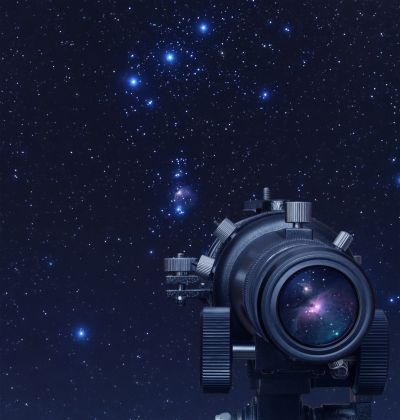Massive galaxies as gravitational telescopes

Massive galaxies as gravitational telescopes
In the course of an EU-funded project, gravitational lensing has proven to be an exceptionally powerful tool for studying faint galaxies at the edges of the observable Universe.
Generating significant amplification, massive galaxies are natural
telescopes that allow astronomers to probe the distant Universe to
unprecedented depths. Recognising the enormous potential of
gravitational amplification, a large fraction of the Hubble Space
Telescope's (HST) time was recently allocated to two major surveys of
such massive galaxies.
CLASH and the Frontier Fields survey unveiled previously unknown but powerful gravitational lenses. Shedding light on the properties of the multiple imaged galaxies was a key science driver of the EU-funded project 'Investigating the properties of the early Universe with lensed galaxies' (LENSGAL). Scientists determined their redshifts and projected distances between lenses and background sources.
Accurately mapping the mass distribution of the lensing galaxies was important for determining gravitational amplification, and hence for the luminosity calculation of the background galaxies. To this end, LENSGAL scientists employed new lens modelling techniques. They further exploited the HST's observations with data from the Sloan Digital Sky Survey and the Herschel satellite.
The LENSGAL project targeted tenths of massive galaxies, providing lensing amplifications up to 40 over a significant fraction of the telescopes' fields of view. As a result, scientists were able to probe the luminosity function of high-redshift galaxies to limits that were previously unattainable without gravitational magnification. Strong emission lines that were detected also allowed them to determine their oxygen metallicities.
With the assistance of lensing magnification, LENSGAL scientists were able to spectroscopically confirm galaxies beyond a redshift of 7. In addition, it enabled the detection of galaxy populations fainter than those probed by past deep observations. The resulting maps of low-mass and high-redshift galaxies are likely to transform our understanding of galactic evolution.
LENSGAL has unveiled lensed background galaxies to unprecedented magnitude limits, but also probed the galaxy population to the dwarf level. The availability of high-resolution images such as those in the European Southern Observatory (ESO) archives is expected to shed much-needed light on physical processes governing the evolution of galaxies within a cluster environment.
published: 2015-06-05